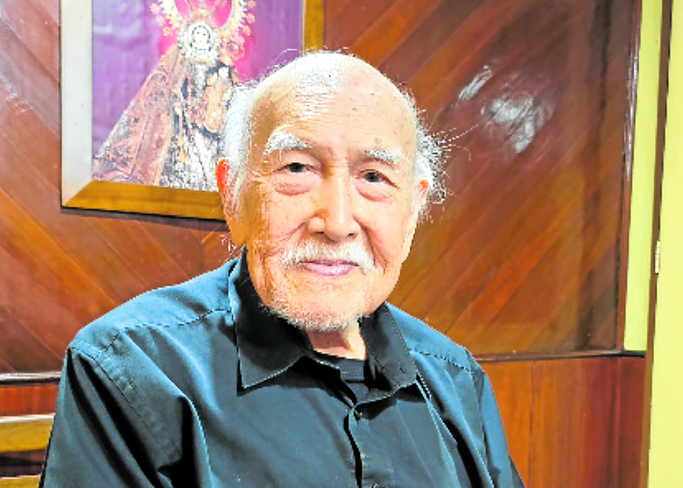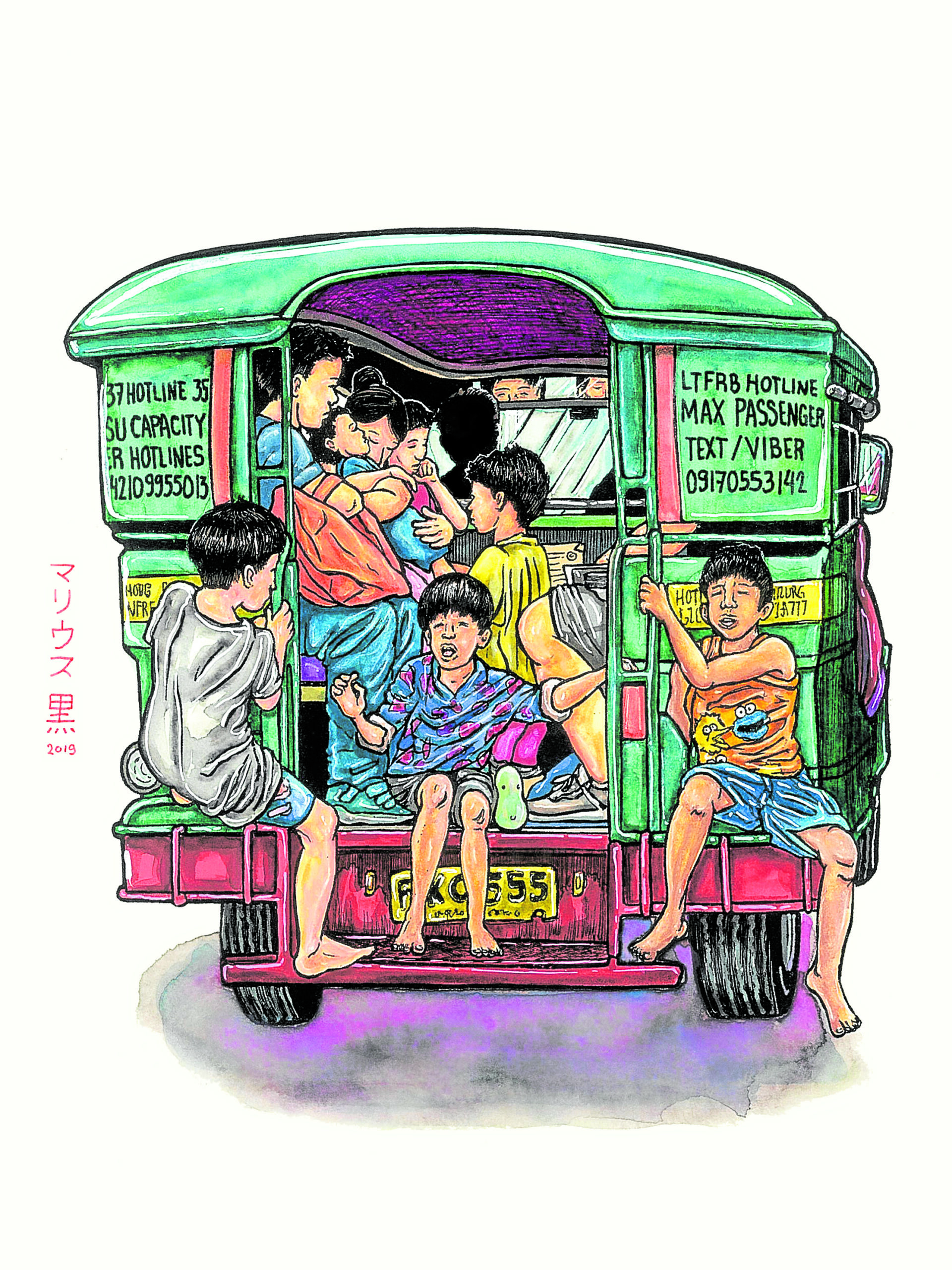It seems like the simplest formula in all of fiction: one person meets someone extraordinary, and it alters their life chemistry forever, with insight and pain, love and loss coming like breaths so fast and unexpected you race to catch them.
This is the formula of John Green, and he can induce in young adult readers a kind of hyperventilating wonder unlike that of any other author working in the genre today.
Green’s protagonists are invariably smart teenagers who hide their vulnerability behind their snarky fronts, but are also receptacles of great emotional and existential depth, something that becomes evident when they meet that rare person who is just like them. This is the audience-raving premise of Green’s previous books, 2005’s “Looking for Alaska,” 2006’s “An Abundance of Katherines,” 2008’s “Paper Towns” and 2010’s “Will Grayson, Will Grayson,” a clever collaboration with fellow young adult veteran David Levithan.
For his fifth novel, Green brings his A-game along with some new elements. In “The Fault in Our Stars” (Dutton, New York, 2012; 318 pages), he introduces his first female point-of-view character and cranks up the irony and affection to an entirely new level.
Sixteen-year-old Hazel Grace Lancaster knows she is lucky to have her thyroid cancer be controlled by a miracle drug she’s taking, but everyday life is made difficult because of how weak the cancer’s left her. She even has to go around with an oxygen tank and a cannula stuck to her nose. But mostly, she finds life kind of a lonely drag, especially attending her cancer kids support group in the bowels of the local church.
Beautiful and impossible
That is, until the day she meets survivor and amputee 17-year-old Augustus “Gus” Waters during one meeting. Strange glances lead to conversation, and soon Hazel finds out how intelligent, charming and thoughtful Gus really is. Together, Hazel and Gus explore a world that seems to both be beautiful and impossible, even chasing down a reclusive novelist in Amsterdam. But then something goes wrong. Hazel and Gus hang on in the hopes that they will somehow survive things even worse than just their disease.
If you’ve read Green before, then you probably have some notion as to how “Stars” ends, but that doesn’t really matter, because Green’s compact prose, particularly the humorous, authentic and self-aware dialogue, all rings so true. “It would be a privilege to have my heart broken by you,” Gus says, swept up in a world full of disappointment and the rare moments of no longer being alone.
“I’m like. Like. I’m like a grenade,” Hazel says. “I’m a grenade and at some point I’m going to blow up and I would like to minimize the casualties, okay?” Green will even cleverly use a venn diagram or a graph to illustrate his point.
“Stars” might not have the complicated plot of “Katherines,” but it is certainly more intense. More than ever, Green’s teenagers are not “emo” caricatures—they’re fragile constructions who are sad or angry for a reason, and all they want is to be normal, to live and ultimately die like normal people their age.
Hazel, for example, may not be a shrinking violet, but she’s not invincible either; she is indeed more than the sum of her symptoms. Together, theirs is a love lived between hospital visits, but nothing clichéd or simple. The world, they observe, “is not a wish-granting factory.” The word “okay” will never be so precious as it will be after reading “The Fault in Our Stars.”
All of John Green’s books are heartbreaking in their own beautiful way—and that’s why we wait for his next book every time, ready to be sad and happy again with every turned page.
Available in hardcover from National Book Store.











































